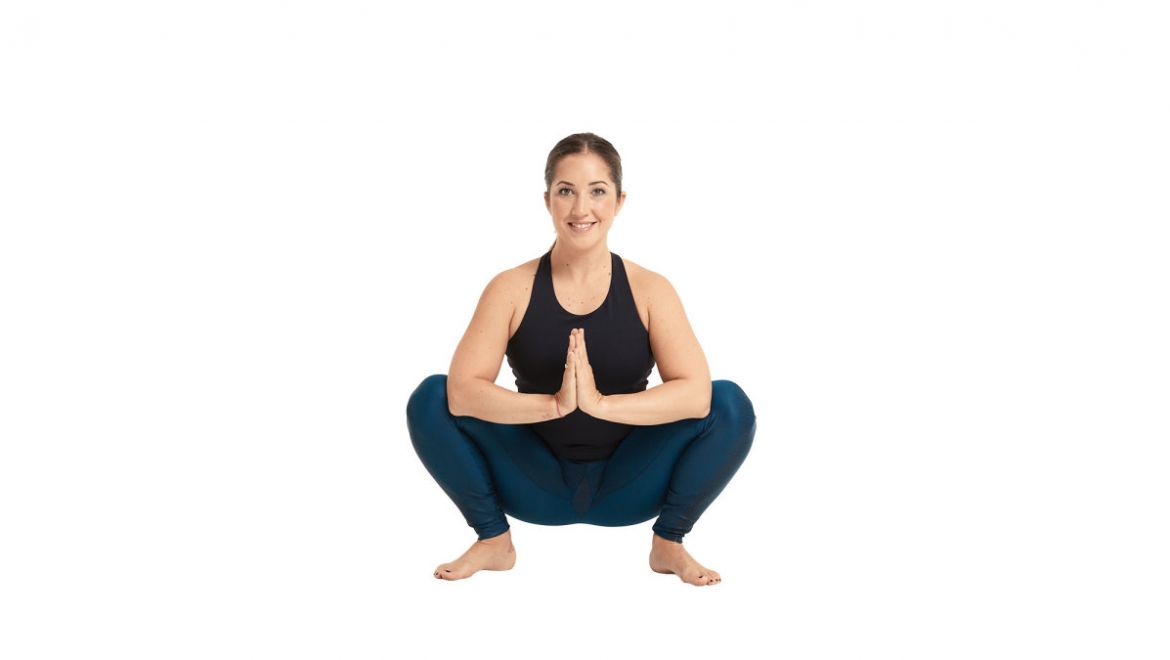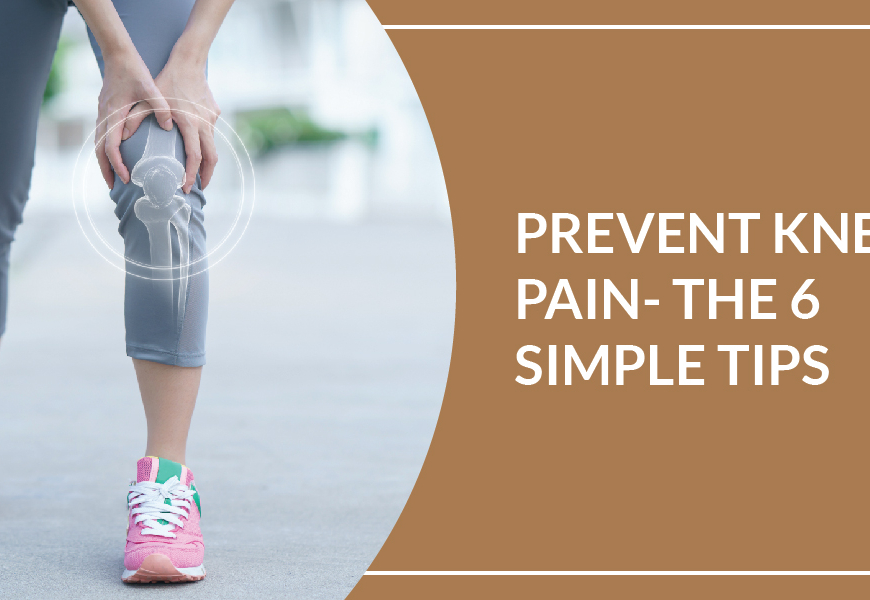What’s Inside ?
- How to do Malasana or Garland pose?
- How to control your breathing during this asana?
- Benefits of Garland Pose or Malasana
- Contra-indications of Malasana or Garland pose
Practicing Malasana Or Garland Pose With The Starting Position As:
- Let’s stand straight, feet hip distance apart.
- Now open your feet 2 – 2.5 inches apart and sit down in squat position.
Entering The Position:
- Open up your knees, away from each other completely.
- Feet are pointed outwards to the sides. Thighs stretched out.
- Now bringing your palms in namaskar mudra in front of the chest.
- The posture should be such that the elbows are gently touching the knees from inside.
- Expand the chest and shoulders out. Spine stretched out completely.
- Hold on to the posture
Coming Out Of The Posture:
- Release your hands, relax your knees
- Put your knees down on the mat, relax your feet.
- Bend forward and stretch the hands coming to shashank asana.
- Relax
Breathing:
- Inhale and go down from simple standing pose
- Inhale and expand the chest and shoulders out. Exhale and relax.
- While holding on to the posture, take 3-5 long and deep breaths.
- Exhale and relax the chest and shoulders and release the posture.
- Take normal breaths while staying in shashank asana.
Awareness:
- Full awareness to your Pelvic Girdle.
- Keeping pelvis and chest open
Benefits Of Garland Pose:
- Tones the abdominal muscles and improves digestion.
- Improves the function of the colon to help with elimination.
- Helps in hip opening and increased mobility.
- This pose also increases circulation and blood flow in the pelvis, which can help regulate sexual energy.
- Malasana improves balance, concentration, and focus.
- It is particularly beneficial for women who are pregnant- helps in opening the pelvic muscles helping childbirth.
Contraindications:
- People with knee joint problems must not do this asana
- People with recent or chronic low back issues must not practice this asana.





Add Comment